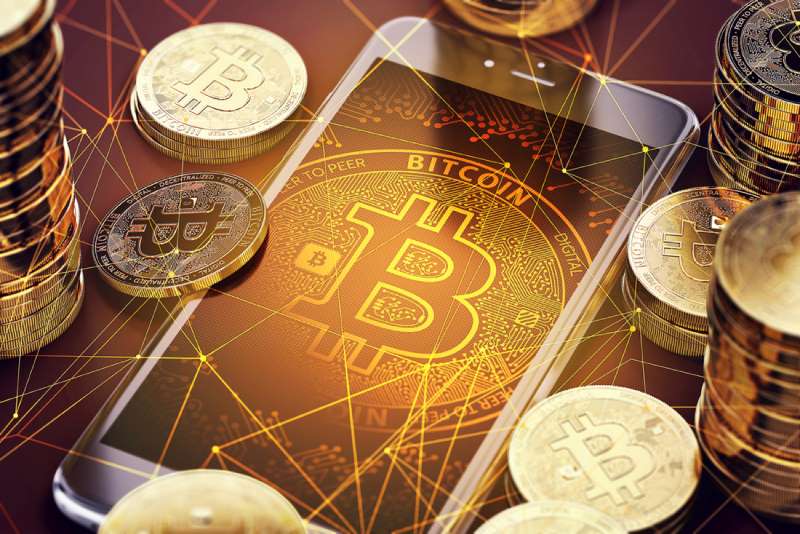 Introduction
Introduction
The concept of Digital money was coined decades ago. But people have no idea how to create money that lacks presence but holds the same monetary value. It took decades to formulate an idea and decades more to actually implement it.
Though there were several ideas that surfaced, one can match the need. It was until 2009 when the first Digital currency was brought forward in the market. Since then, we have seen thousands of centralized and decentralized digital currencies in the market.
After the introduction of these digital currencies, the whole money system changed for good. Bitcoin is the most widely used digital money after fiat currencies. Digital money can be exchanged with the help of technologies and devices like smartphones.
Understanding Digital Money
Digital money is the form of money that cannot be touched or felt. However, they hold the same monetary value compared to fiat currencies. Digital money can be computed with the help of digital platforms, software applications, credit cards, and Crypto exchanges. For more information, you can go through Official site
Cryptocurrencies are a popular form of digital currencies. They allow the user to safeguard themselves from the double-spending. The Cryptocurrency transaction happens over the blockchain network that works on the principle of the public ledger.
Cryptocurrency is decentralized in nature. Hence, no central authority has control over it. That means, they will not interfere with the price manipulation.
The concept of digital money is as old as the internet. Initially, it was difficult to accept this kind of concept. However, with time people became technologically literate and started adapting to the use of digital money.
Examples Of Digital Money
The money we see in the central banks is the most common form of digital money. The central institution holds a certain level of capital in its hand to controlling economic-financial stress. This money is safely stored. Instead, they are being transferred digitally in the form of digital money. Banks and other governmental institutions control millions and villains of dollars, but all this money lacks a physical presence.
Apart from fiat currencies, the most prominent form of currency in the market is Cryptocurrency. The concept of Cryptocurrency was recently coined. It is a currency that uses a blockchain network for its transactions.
Some example of Cryptocurrencies are given below:
- Bitcoin.
- Ether.
- LiteCoin.
- Bitcoin Cash.
Financial Services Of The Digital Money
The popularity of digital currency has skyrocketed in the last couple of years. Banks are providing services to facilitate digital money. Today, you will find that most of the transaction services are happening with the help of digital money. For instance, the online payment we do in the shopping mall is a digital money payment form.
With the help of digital money, you are omitting the physical money transfer. Furthermore, banking is made much easier by allowing people to use digital platforms to perform their banking business without actually visiting the banks’ physical location.
This surely has provided an opportunity for the banks to boost theory customer counts, but this practice has affected the customer relationship. It has cost them their customer loyalty and created a lack of opportunity to sell their other products.
Risks Associated With The Digital Money
With the increased use of digital money, payment fraud is on the rise. Due to its online nature, people easily caught up in online fraudulent activity. Some common form of payment fraud includes:
- Illegal payments.
- Data theft.
- Fraudulent payments.
- Internal manipulations.
The major drawback of their online money transfer is that you don’t know who is on the other side of the transaction. This loophole allows the cybercriminal to take advantage and scam people.
Take Away
There you have it. Now you know everything about digital money. We have tried to keep the explanation short and simple. Here we have covered the basic concept of digital money and how they perform in the market.











